
"When a child can relate what he learns to his own experiences, his vital interest is awakened, his memory is activated and what he learns becomes his own".
(Rudolf Steiner)
Project-Based Learning (PLA), Problem-Based Learning (PBL) and Challenge-Based Learning (CBL) are three interrelated pedagogical methods. We cannot completely differentiate between them so they have the same origin and share essential characteristics.
PBL and RBA are today innovative methodologies,but the truth is that they are not so modern and their origins predate the 21st century. It is important to differentiate between these three methods, although their acronyms or common elements may lead to confusion, they have differentiating elements.
We will first analyse the characteristics by the three perspectives, and then study with detail their differences.
According to Molina (2014) the common aspects of these three concepts can be summarised as follows:
- The acquisition of knowledge/information is normally situated on the same level as the acquisition of a set of skills (communication and creativity) attitudes (commitment and responsibility) and competencies (useful searching for and processing of information, interpersonal relations, social relationship and communicative competence...).
- A relationship is posed between the group and reality, involving students with a stimulus (project, problem or challenge) and a response (result, resolution, solution).
- Students are connected with learning their reality and the work, at the same time they produce more practical learning and a link between what students learn and their future jobs.
- They are multidisciplinary. Flexible methods that can function and adapted to any discipline or area.
- The linking and involvement of reality and the learner in the Teaching - Learning (T-L) process leads to an increase in motivationAs well as developing projects, solving problems or implementing solutions improves the self-esteem..
Having defined the common characteristics of these methods, we can define each of them.
Project Based Learning. William Kilpatrick was a disciple of the philosopher Dewey, who in 1921 published his essay The Project Method, with the aim of giving meaning and utility to academic activity (Parejo and Pascual, 2014, p. 2). Parra (quoted by Parejo and Pascual, 2014, p. 2) provides a more up-to-date clarification of this approach. Within the T-L process, referring to the importance of learners' ability to organise work. The project is defined as a "...set of tasks voluntarily undertaken by a group of students in order to solve a real-life problem in which they are interested". It focuses on the application of acquired knowledge.
Problem-Based Learning has its origins in the Health Sciences. It was born at McMaster University in Canada in the late 1960s. It basically focuses on posing an open-ended problem for students in order to investigate/search through various resources. Generally, there is no one right solution, but rather the development of skills and the production of their own solutions (Lynch, 2017). It focuses on the application of acquired knowledge and the development of skills and competences.
The emergence of Challenge-Based Learning take place around 2010, by Apple, whose aim was to solve the situation in which education found itself at that time. There are two aspects that differentiate this method from the other two. The first is that the RBA includes technology in the T-L process. Generally, the technology is the reason with which students are most immersed and accostumed. The second aspect defined this method not only as a requirement of solutions to be presented to the students, but real solutions that produce an impact on the community. It focuses on the acquisition of new knowledge and the development of skills and competences Soft Skills from the emergence of the challenge..
For a better contextualisation of the comparison of these three perspectives, the following comparative table is included:
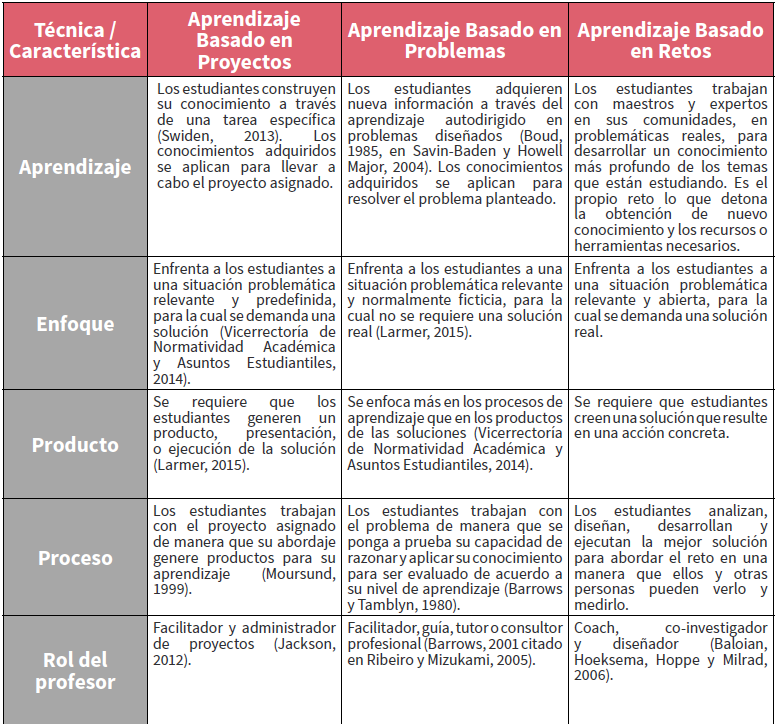
This table belongs to intellectual property of Tecnológico de Monterrey y ha sido extraída del documento https://observatorio.itesm.mx/edutrendsabr «Edu Trends | Aprendizaje Basado en Retos»
It is clear that the three pedagogical perspectives are interrelated, although they also have their own characteristics. If we think of any of these perspectives under the Learning Theory of Connectivism (linking with Connectivism article), RBA turns out to be the most suitable and appropriate method to implement, but why? Just because it focuses from the beginning of the process on the acquisition (by the application in pursuit of an outcome) of skills and competences.
On the other hand, ABR requires the development and implementation of real solutions which have an impact on the community. This aspect implies going a step further than both PBAs. Arguably, a more holistic, authentic and experiential learning is achieved.
On BeChallenge methodology we base our methodology on Design Thinking, Project Based Learning and Connectivism.
Challenges can be carried out in two modalities:
Reto 3 Fases
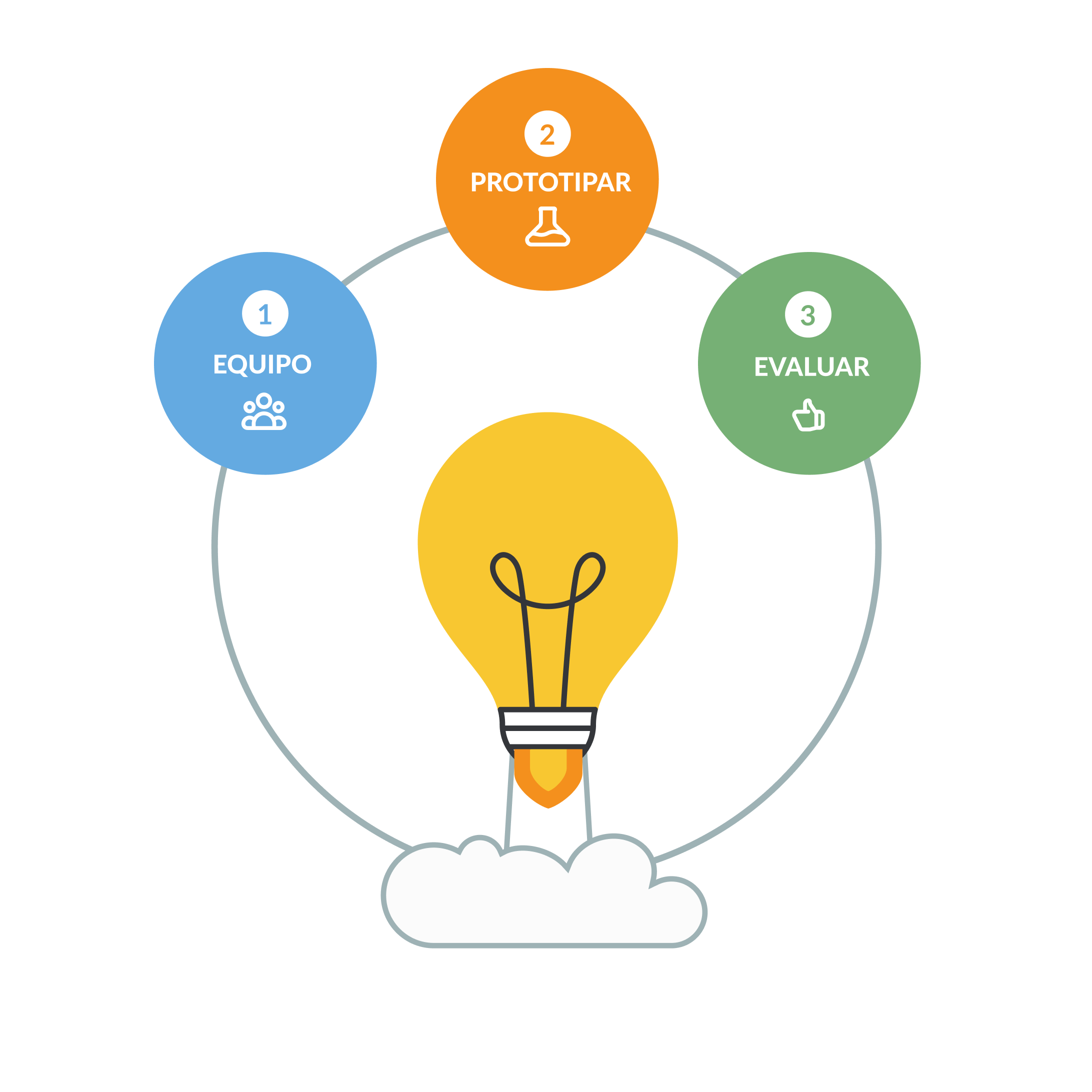
Reto 5 fases
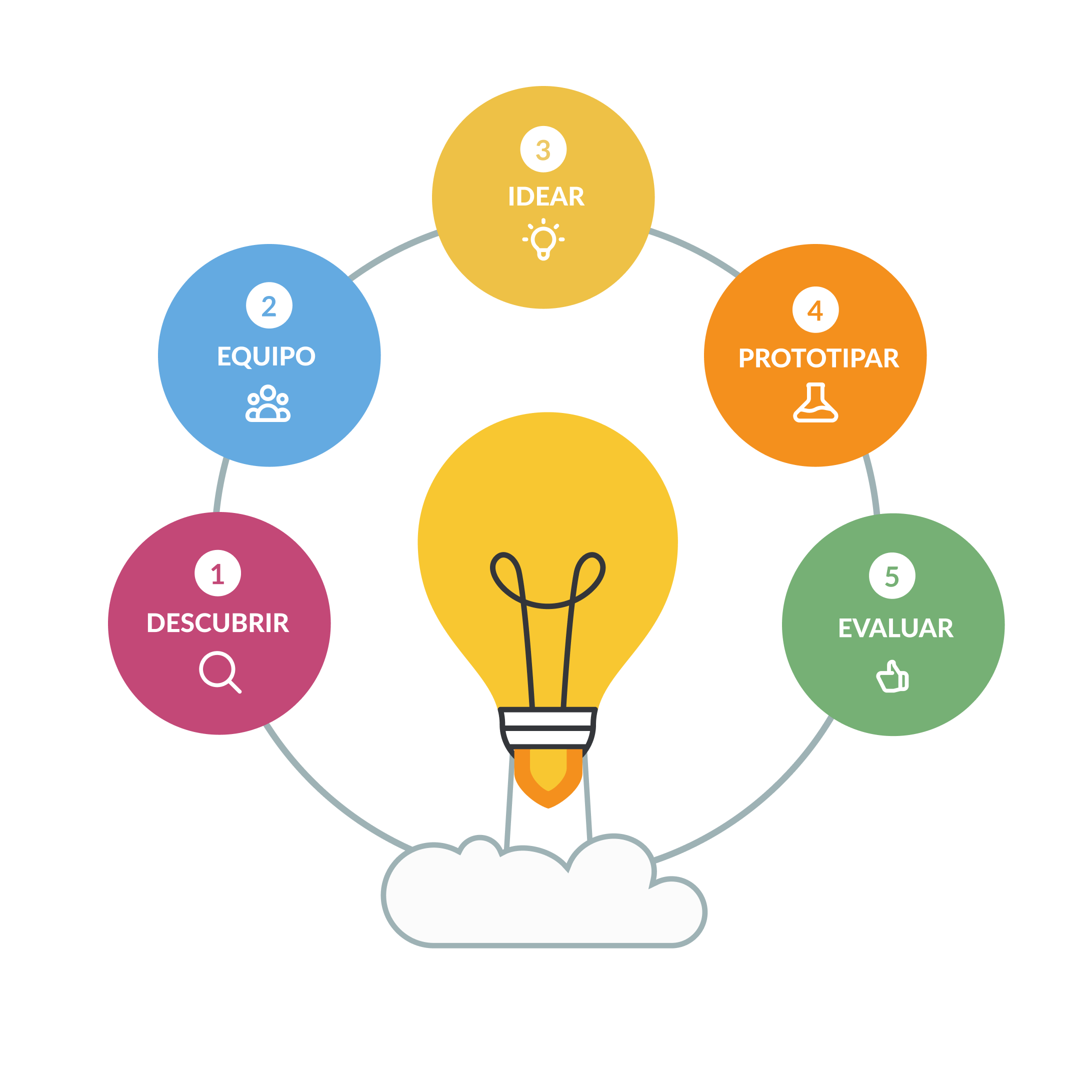
Reto 7 Fases
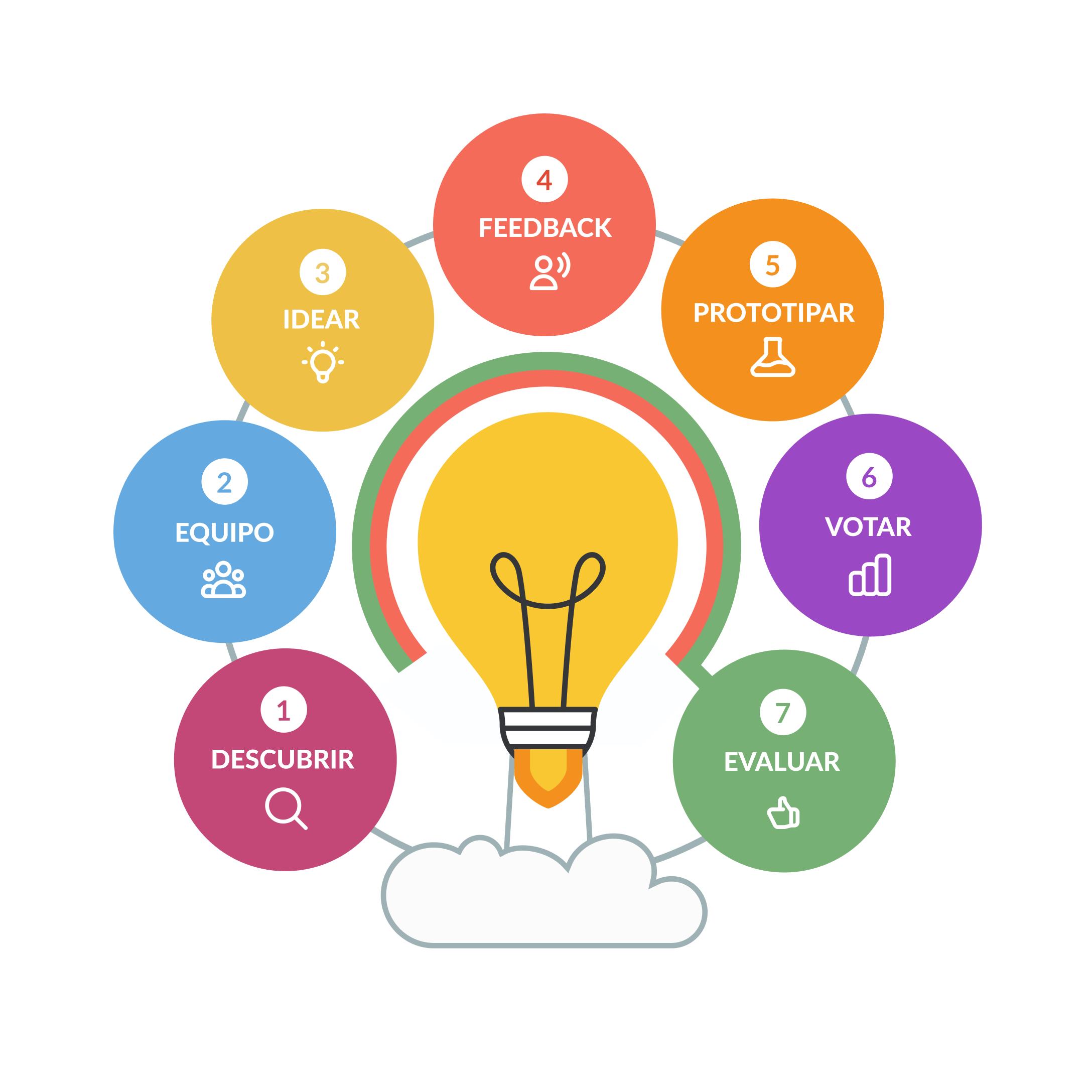
Queremos afrontar los grandes desafíos de nuestra sociedad mediante una educación activa, práctica, consciente y conectada a la realidad. Por ello, hemos diseñado un «student journey» en el que identificamos los elementos clave que debe vivir en cada una de las fases en un reto.
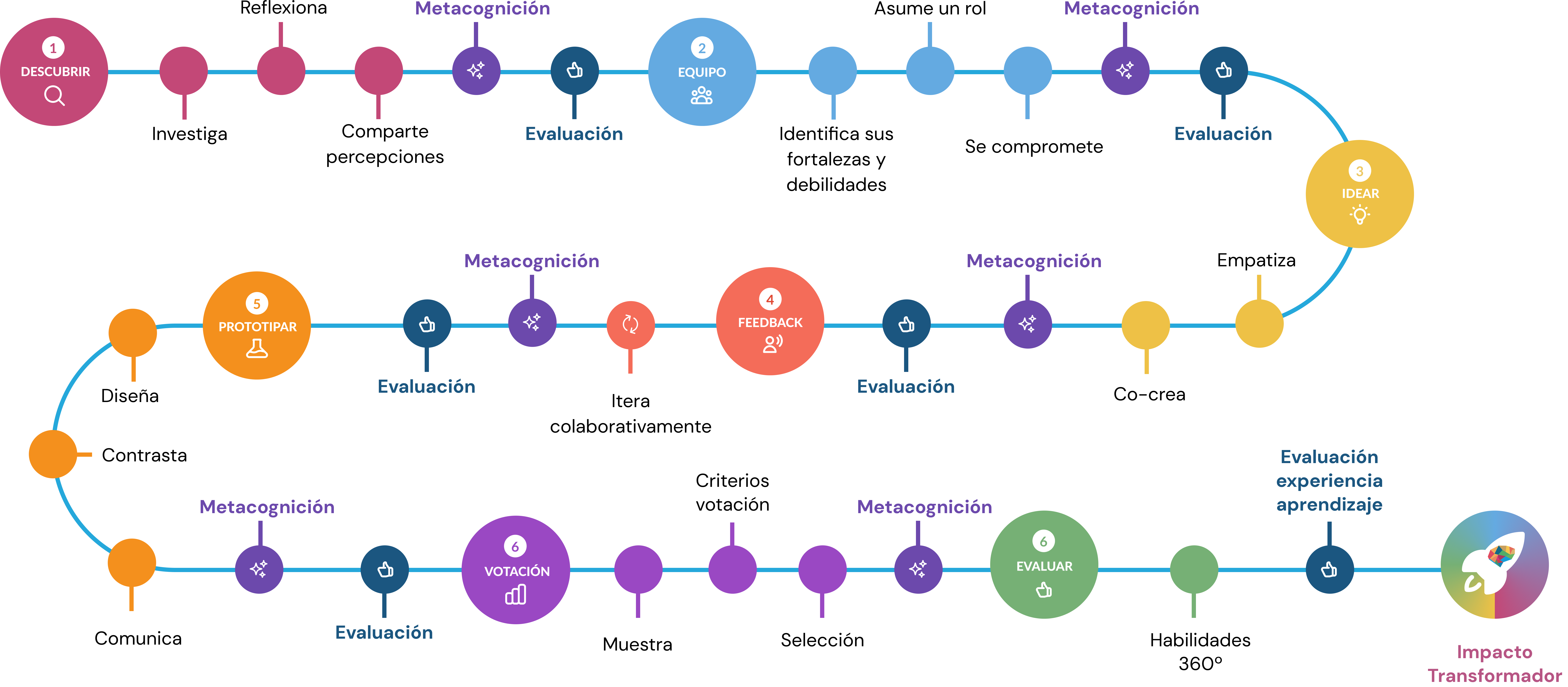
Do you think you can use learning challenges to generate impact in your community?

References:
Arpí,C., Àvila, P., Baraldés, M., Benito, H., Gutiérrez, MªJ., Orts, M…Rostan, C. (2012). El ABP: origen, modelos y técnicas afines. 27 de abirl de 2018, de ICE de la Universidad de Girona Sitio web: http://web2.udg.edu/ice/doc/xids/aula_educativa_1.pdf
Kilpatrick, W. (1921). The Project method: The use of the purposeful act in the educative process. New York: Teachers College Press
Lynch, M. (2017). What is the difference between problem, project and challenge based learning? 22 de abril de 2018, de The edvocate. Recuperado de http://www.theedadvocate.org/difference-problem-project-challenge-based-learning/
Molina, J. [TIC innovación]. (2014, noviembre día 2) B01.04 El Aprendizaje Basado En Proyectos, Problemas y Retos [Archivo de vídeo]. Recuperado de https://www.youtube.com/watch?v=CPzPKPKGmP0
Parejo, J y Pascual, C. (2014). La Pedagogía por Proyectos: Clarificación Conceptual e Implicaciones Prácticas. 26 de abril de 2018, de CIMIE14: 3er Congreso Internacional Multidisciplinar de Investigación Educativa. Recuperado de http://amieedu.org/actascimie14/wp-content/uploads/2015/02/parejo.pdf
¿Quieres transformar el aprendizaje en tu institución?
Solicita una demo gratuita y descubre cómo BeChallenge te acompaña en el proceso.
Solicita una demo gratuita
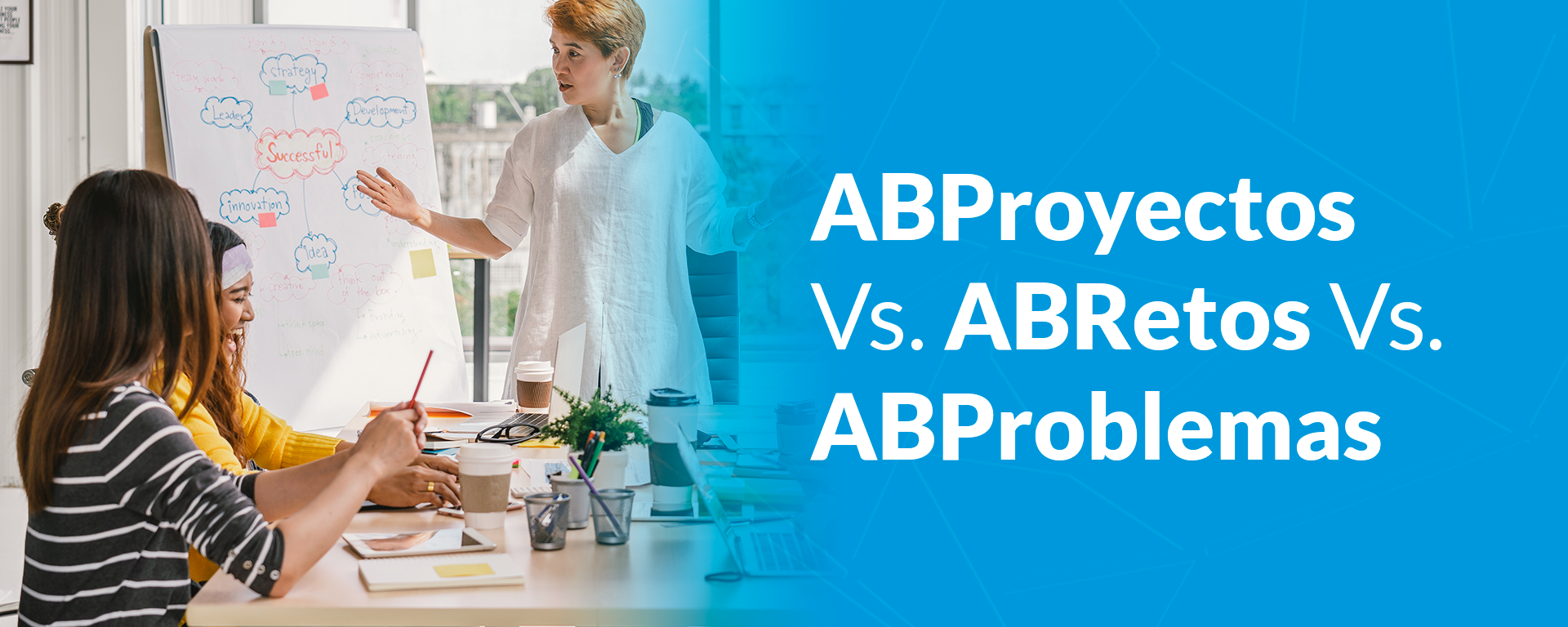
En nivel primario (6 a 11 años) la utilización de la tecnología es bastante utilizada. Si no es en la escuela, es en la casa. El impacto social es lo complicado. Aunque, siempre se ha intentado, en pocas oportunidades el alcance es verdadero. También, por poner el foco en este último paso, se mezquina en la práctica de formatos o algoritmos que es bueno memorizar para ser más eficiente y eficaz en el desarrollo de los retos. Saludos!
Excelente comparativa entre los diferentes aprendizajes.